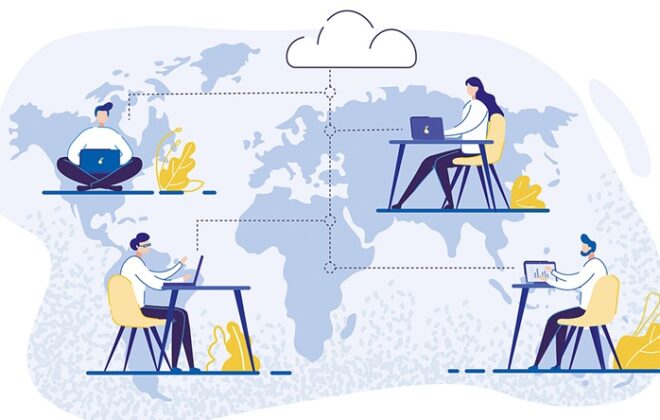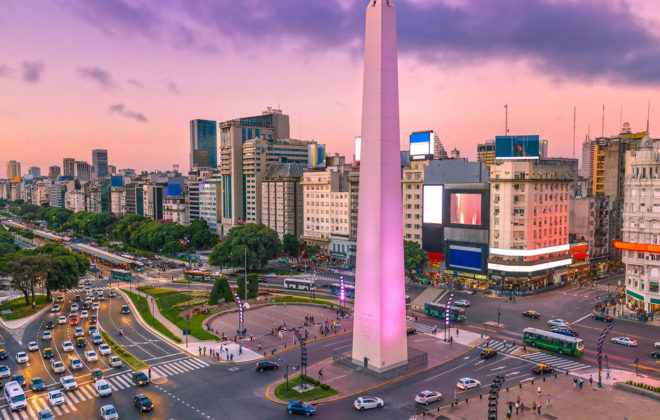Find Out How Business Leaders Manage a Global Workforce Effectively
In today’s global economic system, companies need to diversify to remain competitive. Bringing in people with different backgrounds and perspectives can lead to better decision-making, greater innovation, and higher engagement.
As recent advancements in technology have made remote work more possible than ever before, many organizations have begun cultivating a workforce of employees living in locations across the globe. While managing a global workforce can be a challenging task, there are key actions you can take to improve your strategy as a leader.
Key businesses such as Stadium and Kosy Office are finding innovative ways to tackle the unique challenges of a global workforce, find out what they did, and get inspired.
As soon as COVID hit, the CEO Shaunak Amin, of Stadium, a corporate lunch delivery, walked into his New York City offices and immediately realized he needed to make a change. It was clear to him that snacks make people content, and in mid-2020, people were in need of that. In saying that, Stadium started a snack box service catering to work-from-home employees, called SnackMagic. Their business scaled from $0 to $20 million in over half a year, impressive, right?!
The clever CEO started looking for worldwide talent to meet the global hunger for snacks.
“It became a priority to hire the top talent from across the globe who understood their region’s diverse tastes,” Amin says.
The pandemic brought a huge change in remote work, with 59 percent of employees still working from home all or most of the time, so many companies like SnackMagic and Kosy Office started looking worldwide in order to find their next perfect hire to join the team. That is not all, they are also finding innovative ways to tackle the unique challenges of a global workforce, such as time zone differences, communication breakdowns, and culture building, which is a MUST nowadays.
Kosy Office co-founders Yannis Melatta and Sam Meurs reached out on Reddit when the pandemic first hit, and started looking for solutions instead of stressing out like most of us. Both co-founders founded Kosy Office to provide remote workers a virtual space to work, collaborate, interact, and quick check-ins, in order to build a thriving company culture.
This business from the very beginning was a remote global company. Melatta lives in Canada and Meurs in Belgium. They worked together for a year before they met face-to-face. Currently, their team is located in the US, Poland, UK, Ukraine, Spain, and the Dominican Republic.
What are some factors to remember when managing a global workforce?
When managing a global workforce, there are a variety of important factors to consider that you may not otherwise think about when managing a fully remote team. With employees working from countries all across the world, here are a few elements to keep in mind:
- Cultural differences: Global workforces comprise employees from a variety of geographic locales that subscribe to different cultural norms in terms of workplace conduct, productivity expectations and management styles. When managing a global workforce, it is essential to be mindful of and respect these differences.
- Language barriers: While some team members from countries around the world may speak English depending on their professional background and education, others may speak different languages. This can create a language barrier that may impact communication efficacy, so managers often need to accommodate language variances.
- Time zones: Employees in global locations often work according to varying time zones, which can significantly affect an organization’s ability to communicate in a timely manner, make projections of productivity and have a cohesive workflow. With this, it is important to design workflow with consideration of employees’ respective time zones.
Amin prioritizes a thoughtful approach to time zone differences. “Being aware of your team’s various time zones means everyone has a seat at the virtual table,” he says.
- Collaboration challenges: It can often be challenging for employees who work in various time zones and have cultural differences or language barriers to collaborate with one another. Therefore, managers of global workforces often need to be purposeful in designing opportunities for streamlined collaboration.
- Community gaps: In a global workforce, it is common for employees to work remotely or in different offices. This can create gaps in an organization’s community, so it is important for managers to offer engaging opportunities for social connection and team-building regularly.
- Employment regulations: Countries around the globe have different employment regulations regarding factors like hiring processes, benefits, time off and holidays. With this, managers must be careful to adhere to each of these regulations so that organizations fully comply.
This hints at one of the biggest challenges of managing a workforce distributed across the globe: creating company culture. Company culture is not only built in the relationships between employees but also in a company’s ability to respond to its employees’ needs.
“A remote, international culture needs to be built even more deliberately than an in-person one because it won’t happen organically,” Melatta says.
For Amin, openness and transparency are the foundation of global company culture.
“We share the good and the bad with everybody,” Amin says. “This makes employees feel comfortable being themselves and sharing their backgrounds and work challenges and solutions. It brings out the best in people when they don’t have to worry about what people think.”
All companies believe their diversity is a source of strength, bringing new ideas to the table.
Diversity = Strength: The Power of Multiple Points of View
Want to learn more, build your online team and scale your business? Get in touch with Latamforce!





